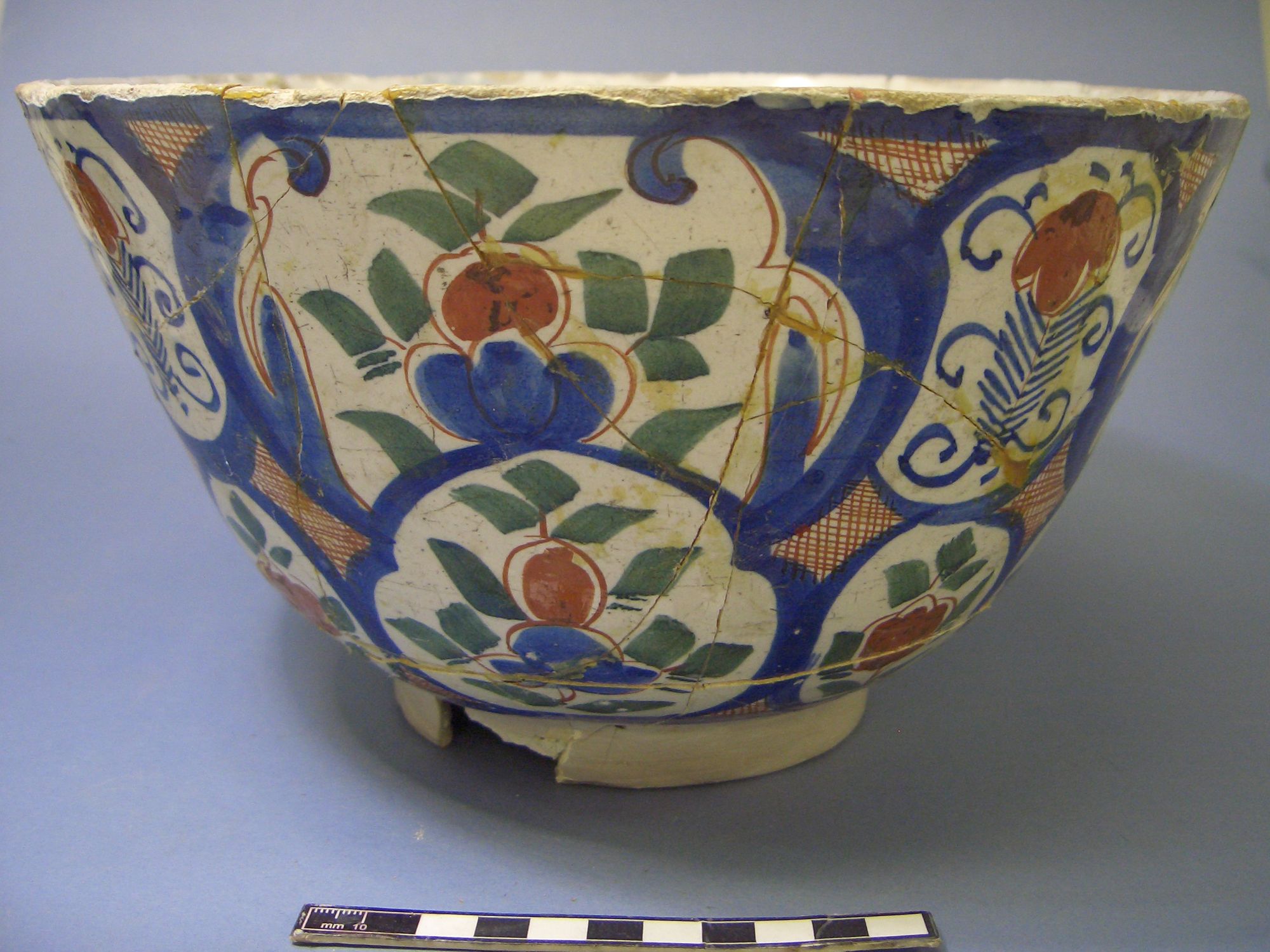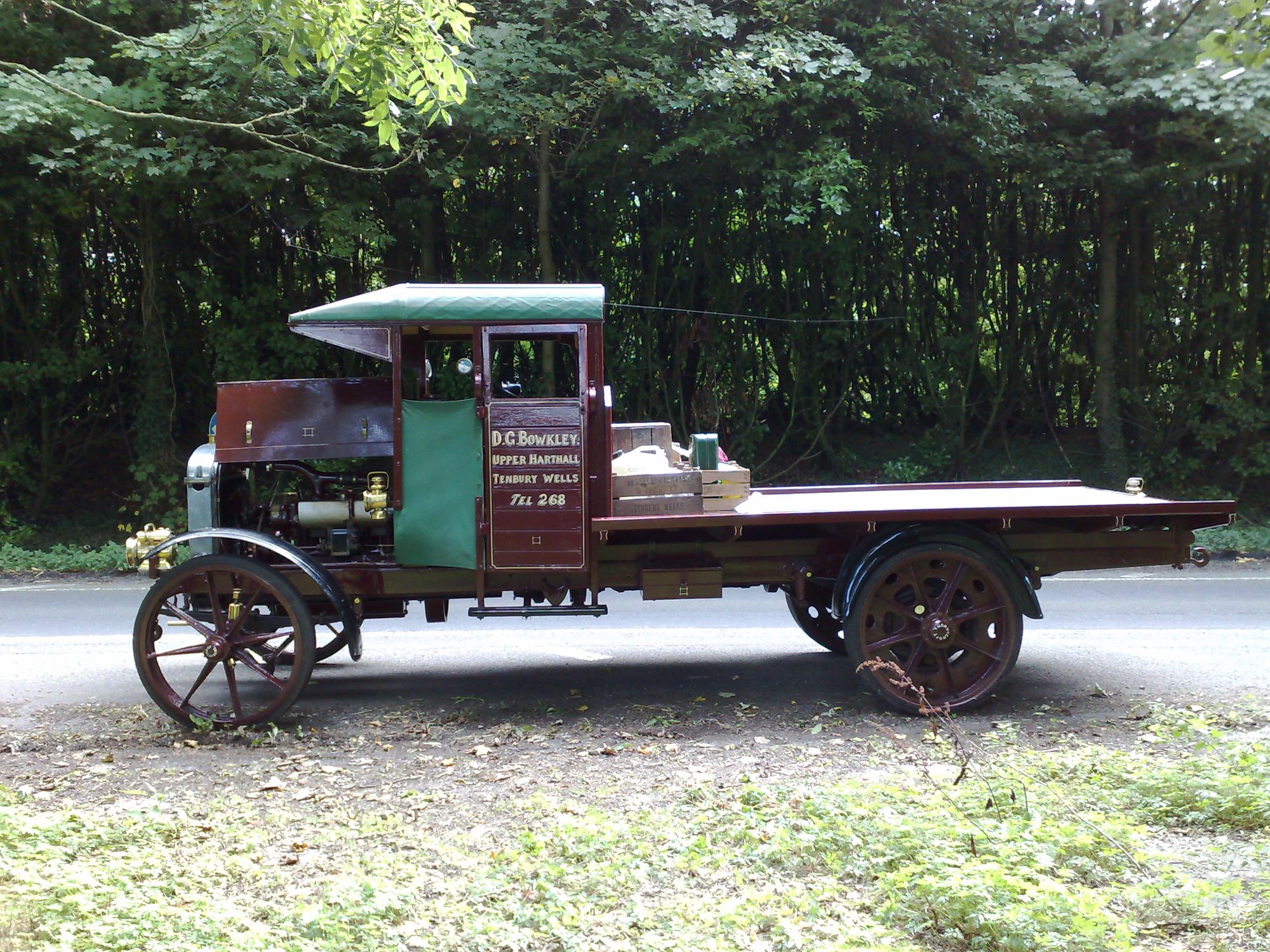Last time we talked about the skills and specialisms that conservators have, this time, in our last conversation we’re looking to the future, how we can ensure the value of conservation is shared, and what our conservators would like our visitors to know…
ALEX: How do we keep the skills and specialisms of conservation alive?
CLAIRE: Respect and value them.
NIGEL: I think that’s key.
ALEX: Is this something that needs to happen at the point of training? Or is it through networks?
CLAIRE: I think it’s wider than that. Courses and networks do value skills, but it can be hard to get them valued in the larger heritage sector
ALEX: I wonder how we can achieve this. I don’t have the answer!
RUTH: Keep going on about it
NIGEL: It certainly is a tricky one.
CLAIRE: Or even wider than that, people think we’re lucky, and they are right, but we do work to get where we are and often have to advocate for ourselves in a field where our jobs might be likened to a hobby.
RUTH: This is very true.
ALEX: Ah, now that is a difficult view to overcome when you work in culture! Were placements part of your course when you all trained?
CLAIRE: It depends on the course. It was strongly encouraged for me, but not compulsory. However the course allowed us to conduct placements all year if we found one. I used to go once a week apart from my main holiday placements.
RUTH: It was required as part of my degree.
ALEX: I’ve been thinking about a museum I visited when I was young, where there was a glass wall you could look through and see conservators working in a lab. It was a way of showing what conservators do, but I can’t help feeling it turned it into a sideshow.
CLAIRE: It’s not really a spectator sport is it?
ALEX: I do think that the sped up videos on the blog are good to show the process that is actually incredibly time consuming, slow and precise.
RUTH: Must be quite dull; what we do can be so minuscule, apart from some of Nigel’s work.
ALEX: But I would imagine, and correct me if I’m wrong, that Nigel’s work on the J-Type can be miniscule in terms of getting the measurements precise.
NIGEL: You’re right Alex. I often have to work to tight tolerances regarding measurement. For example, this can be on anything from a casting which might weigh half a ton, to a small component from inside an engine. The work is very diverse.
ALEX: As this is our last conversation what I would like to end on is this: what’s the main point you would like people to take away from our conversations about conservation?
CLAIRE: We are doing what we think is best for the collections. That’s probably the thing we always try to get across when we have to get others on side, very often with other priorities.
NIGEL: Personally, I would like people to take away that we are passionate about the objects and consider ourselves extremely lucky to work with such fabulous collections. Within the ethics and guidelines of our profession, our purpose is to care and preserve the objects so they can be enjoyed and correctly interpreted for future generations. Hopefully people will now see that some of the objects I work on aren't always as robust as they first might appear and that keeping such objects operational requires a large commitment of time and money. Not forgetting that caring for the collections does also require a specialised and professional skill set. I'd like people to see that we work hard as a team across our specialisms to preserve and conserve the collections.
RUTH: Our job isn’t a hobby but very enjoyable, given the time and understanding we can preserve our collections for future generations.
CLAIRE: Also sometimes we are seen as maybe overly cautious, but we have to speak for the objects – we are their voice!
ALEX: Thank you so much for the time you’ve given me over the past couple of months. It’s been brilliant to talk to you about what you all do.
Our conservators shared with me the favourite objects they’ve worked on over the years…
CLAIRE:
“I was presented with a grubby looking delftware bowl which the curator said had been about to go in the skip, but the guy who owned it decided to give it to us instead! It’s at the Allen Gallery now."



RUTH:
“I think my favourite object are actually the teddy bears, the fact that they meant so much to Bill Simpson and I can hopefully do his love of them some justice by conserving them and prolonging their life and his story. I think of it as quite a privilege to be able to do justice to his lifelong collection. It’s all about that personal connection and story that goes with the objects, the depth it gives is so important!”

NIGEL:
“I am extremely fond of the Thornycroft X type on display at Milestones. A particularly rare example of its type but what draws me in is its originality and attractive appearance. If I could take one object home this would be the one.”

We hope you’ve enjoyed reading about our conservators and what they get up to. You can see many of the collections they’ve worked on by visiting the Hampshire Cultural Trust Collection's webpage:
If you have enjoyed Culture on Call and you are able to make a donation, any support you can give will help us keep people connected.




